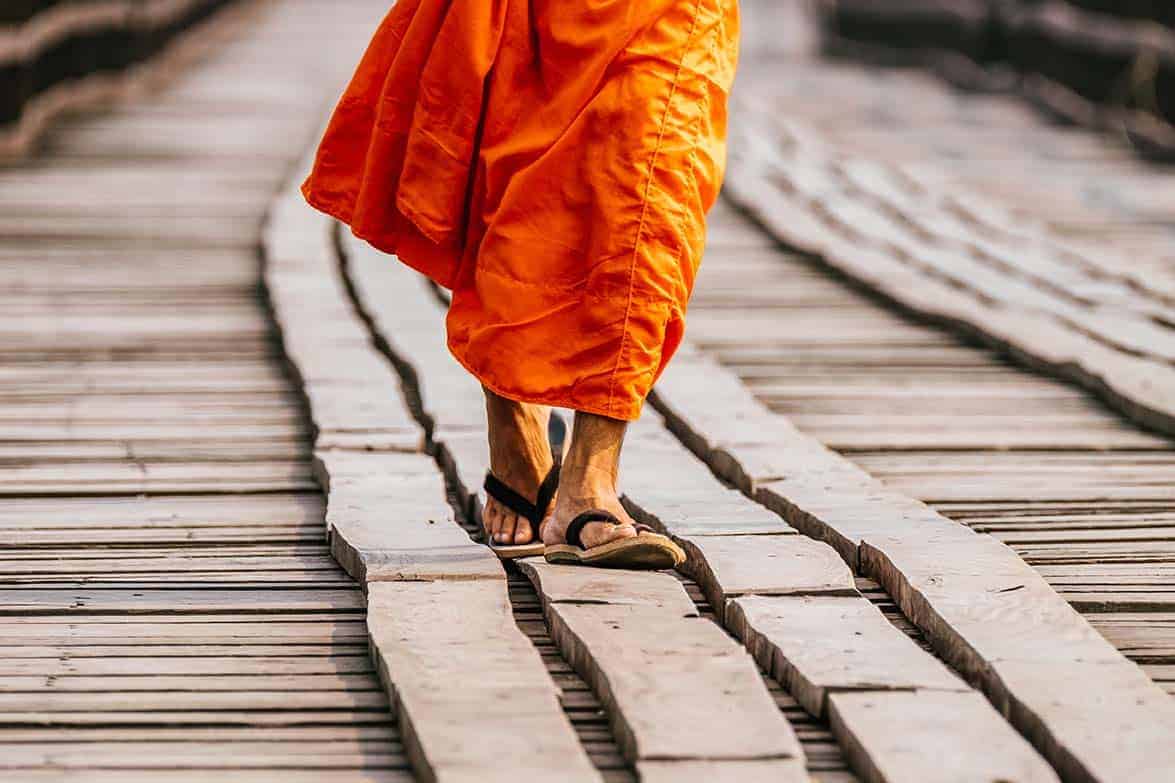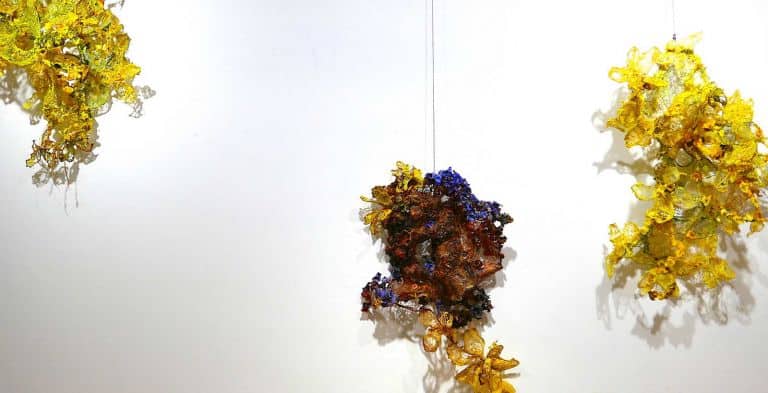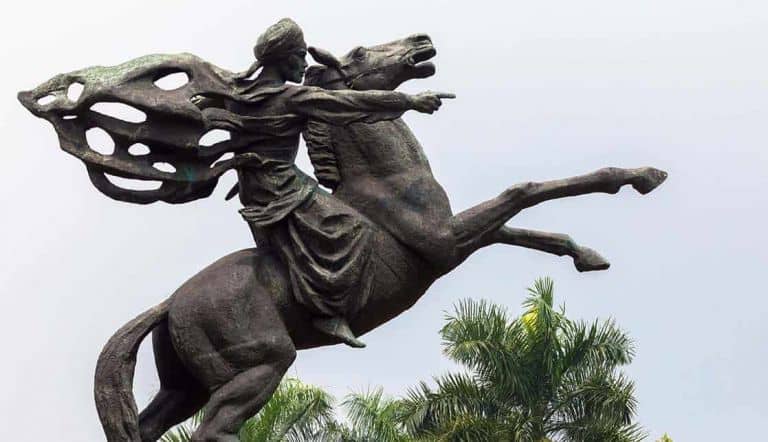We first heard about Thai monk Buddhadasa Bhikkhu, in a lecture delivered by the excellent Zhuang Wubin in Singapore. The monk was an unlikely artist, his practice most recently having come to prominence in Manit Sriwanichpoom’s Rediscovering Forgotten Thai Masters of Photography. In the 1970s in Thailand, a trend had developed whereby monks’ images were used by Buddhist worshippers as talismans.
Buddhadasa “struggled to reject all attempts to turn his portraits into icons of superstitious worship,” wanting people to realise instead that the essence of Buddhism was not to cling to the egoism of “I” and “Mine”.
However, once Buddhadasa realized that the tide of popular belief would not be easily turned, he proceeded to embrace the practice. An #originalgangster of the selfie trend, he created photos of himself, and proceeded to issue the photos to worshippers together with self-composed “Dharma– teaching poems.” He hoped that these poems would prompt serious thought on Buddhist beliefs. A series of self-portraits entitled Dharma Text Next to Image was shot on the grounds of Suan Mokkh Monastery, utilising “scattered symbolic props” such as a “statue of Bodhisattava Sri Vijaya, lotus flowers, mounds of dirt, a flat rock and even monastery pets.”
In some works, he is pictured as standing alone and in others, he “employs tricks in the monastery darkroom to compose double and triple prints to create a dharma riddle, inviting the viewer to interpret with wisdom.”
Take a look at this one called Consensus Reached:

The dharmic verse Consensus Reached, is accompanied by an image of three monks, all of whom are Buddhadasa himself. It is a simple and yet effective image for a number of reasons.
First, Buddhadasa has cleverly harnessed the mystical aura which surrounds Buddhist monks, and channelled it into something which is (arguably) more intrinsically Buddhist. Worshippers who exalted the physical image of the monk would be first be attracted by the “magical” image of three identical persons.
Once engaged, they could then be drawn to the key part of the message conveyed i.e. the dharmic verse composed by Buddhadasa.
The monk’s manipulation of reality served primarily as a draw, as a shock and awe tactic of sorts, creating an attractive image that appealed to the preferences of the masses. By specifically playing to the wants of the public, Buddhadasa was able to create a visually arresting image with key localised Thai reference points.
Next, Buddhadasa’s ability to conceive of the photographs as artistic expressions of deeper underlying ideas casts the work firmly into the realm of the conceptual. Manit Sriwanichpoom observes that Buddhadasa’s “understanding of art and technology, particularly, the potential power of photography to serve as a medium for spreading Dharma,” rendered the monk as a “visionary far ahead of his time, when the Thai art world still had no inkling of such terms as ‘Conceptual Art’ and ‘Conceptual Photography’.”
In the work Consensus Reached, the dharmic verse imagines a conversation amongst three monks who each expound on a different aspect of Buddhist morality; the first referring to the execution of tasks for the common good, the second rejecting an attachment to objects and the third advocating the importance of hard work. Here, the connection between concept and manipulated image is clear, as the fantastical images directly illustrate the relevant Buddhist philosophy.
The choice of black and white photography as a medium is also of note as it exemplifies the Buddhist teachings of frugality. Coloured photography was generally available in Thailand at the time, but it was nonetheless rejected by Buddhadasa. Phra Maha Boonchu Jittapunyo, Buddhadasa’s disciple photographer explained that the monk was not supportive of colour photography, as he found it “unnecessarily extravagant.” In a similar vein, photographs which had rotted due to the high levels of humidity in Suan Mokh Monastery were still utilised in the final book of dharmic verses on the basis that they were not to be wasted and that an “explanation would be found to fit the rotted pictures.”
Buddhadasa sought to harness technology in a way that would re-align his followers’ beliefs with a “purer” form of Buddhism, displaying a sense of foresight that was eerily prescient of today’s pervasive culture of photographic manipulation and social media.











